"Invincible" versus "Raider". FARA: U.S. Army program
Since 2018, on the initiative of the US Army, the FARA program (Future Attack Reconnaissance Aircraft, "Advanced reconnaissance and strike aircraft") has been carried out. In 2019, work began on advance projects, at this stage five companies participated in the program. In March 2020, the Army selected two finalists. They are Bell Textron with the Bell 360 Invictus project and Sikorsky (Lockheed Martin) with the Raider X helicopter.
"Invincible" by Bell
Work on Bell 360 started in 2018, and in April 2019, the development company received a contract for the development of a preliminary project worth 15 million dollars.The first materials on the Bell 360 project were presented to the public in October last year. A full-size layout demonstration was expected soon. A few months ago the Bell Textron project received customer approval and moved to a new stage.
In early June, Bell Textron announced the reorganization of work on a promising helicopter. Nine organizations, including Bell, are involved in the design of the machine and individual systems, and now they are officially united to form Team Invictus. Bell remains the lead developer on this team. General Electric is responsible for the engines, ITT-Enidine and Parker Lord were involved in the creation of the carrier system, and Mecaer Aviation is involved in the development of the airframe. Avionics and other systems will be supplied by Astronics Corp., Collins Aerospace, L3Harris and MOOG Inc. TRU Simulation + Training is developing a training complex.
It is argued that the formation of such a "team" will simplify the design of both individual units and the helicopter as a whole. Now she is engaged in a detailed study of the project, and it is too early to talk about the real effectiveness of this approach to cooperation.
According to the normal scheme
In the proposed form, the Bell 360 is a reconnaissance and attack helicopter of a normal configuration with a main and tail rotor. Some of the tactical and technical characteristics have not yet been disclosed, while others are actively used to advertise and promote the project. It is argued that Invictus is able to become a worthy addition or even a replacement for the existing AH-64, as required by the conditions of the FARA program.
The helicopter glider has a traditional layout. Its outer contours are formed taking into account the reduction in visibility. In particular, the rotor hub is completely covered by casings. Internal payload bays are provided to hide weapon from direct radiation.
The carrier system of the helicopter is based on the Bell 525 units, but it is being substantially reworked. The number of blades has been reduced to four, and their suspension has been changed. In particular, a new active vibration damping system is being introduced. Such measures are aimed at keeping the propeller working in all flight modes, including high speed. The main rotor is complemented by a wing and a large area stabilizer. The tail rotor is placed in the annular channel and also receives vibration control.
Under the terms of the program, the helicopter will receive one GE T901 ITEP turboshaft engine with a capacity of at least 3000 hp. The use of an auxiliary power unit is envisaged. Bell and MOOG are collaborating on a new fly-by-wire control system. Other companies are designing a developed complex of sighting and navigation equipment to work in all expected conditions. The crew includes two people with tandem accommodation.
Bell 360 will receive a built-in artillery mount with a 20mm automatic cannon. Combat load - 1400 pounds (635 kg). Depending on the specifics of the mission, the helicopter will be able to carry weapons under the wing or on launchers extended from the fuselage. In advertising images, Invictus carries up to four AGM-114 missiles on each wing and a pair on retractable installations - a total of 12 units.
The dimensions and weight of the car are not specified. The maximum speed will exceed 180 knots (333 km / h). Combat radius - 135 miles (approx. 220 km) with the ability to work 90 minutes at a maximum distance. The high performance and modernization potential provided by the open architecture and other characteristic features are declared.
"Raider" from the family
In April 2019, Sikorsky, a Lockheed Martin subsidiary, was awarded the 15 millionth advance project contract. She presented the first materials on the Raider X helicopter in October. Later, the US Army received the necessary documents and was able to compare the project with other developments. At the end of March, "Raider" was named the winner of the first stage of the FARA program and transferred to the full development stage.
In the Raider X project, Sikorsky again decided to use the existing developments on the topic of high-speed helicopters with a pine carrier system and a separate pusher propeller. The concept, called X2 Technology, has been tested on several prototype helicopters and is now being offered in new projects with an eye to real use.
Raider X is not an independent development of Sikorsky. So, the design and assembly of the fuselage was entrusted to Swift Engineering, and other companies are responsible for the supply of electronics. However, unlike a competitor, Lockheed Martin / Sikorsky consider the Raider X project their own and do not intend to organize a "team." Traditional approaches to collaborative work were considered quite acceptable.
X2 technology
Sikorsky Raider X is built in an unusual way. The helicopter has a streamlined fuselage with a large area stabilizer designed to create additional lift. The carrier system includes two coaxial propellers and a hub with fairings. According to the experience of previous projects, the rotors are rigid, which provides the necessary performance in all modes. Translational motion, incl. at high speeds, provided by a tail propeller.
The Raider's powerplant includes one GE T901 ITEP engine. The gearbox provides power distribution between the three screws. An open architecture of onboard equipment is proposed, which simplifies the replacement of individual units. In particular, a fairly simple and quick change of the sighting and navigation complex for specific tasks is possible. The crew will include two people with side-by-side seating, which is not typical for American combat helicopters.
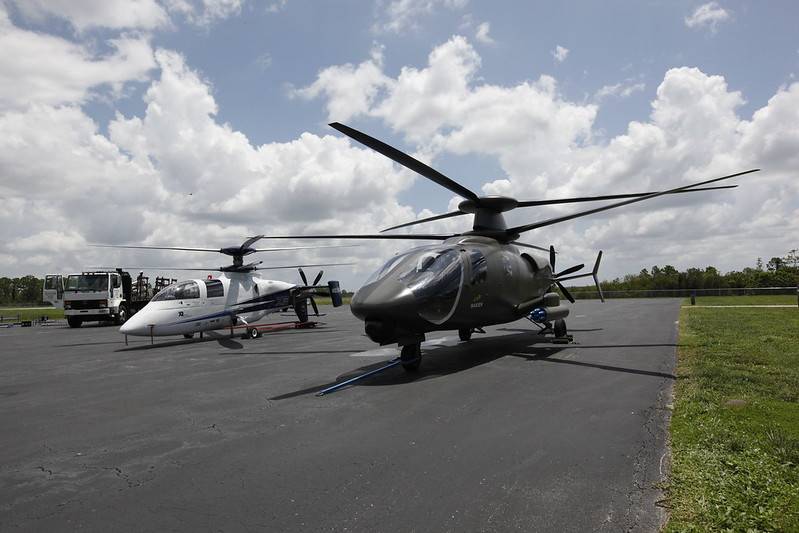
Raider X will receive built-in and pendant weapons. Under the nose of the fuselage is a mobile unit with a 20 mm automatic cannon. Internal cargo compartments are provided on the sides of the machine. The weapon is proposed to be suspended on a movable compartment cover. In the demo images, the helicopter carries several types of guided weapons at the same time. Payload mass is not specified.
With a maximum take-off weight of 6400 kg, the promising Raider will be able to reach speeds of up to 250 knots (460 km / h). Other flight characteristics were not reported. Since Raider X is a development option for an existing platform, we can talk about high potential and outstanding performance.
Waiting for prototypes
In late March, the US Army completed a comparison of the five submitted proposals and selected two of them for further development. With orders in hand, Bell Textron and Sikorsky got down to work. Now their task is to develop a technical project. Upon completion of this stage, the construction of two different types of prototypes will begin.
The first flight of the two helicopters is scheduled for the last months of 2022. Factory and comparative tests may take a long time, and the Pentagon is not yet ready to name a specific timeline for their completion. It is planned to complete the comparison process, choose the best helicopter and start mass production no later than 2028. Thus, the initial operational readiness of the first squadrons will be achieved only by the early thirties.
What the results of future tests will be is unknown. There is no clear favorite at the moment; both candidate projects have advantages that can influence the decision of the army. In addition, the situation is complicated by the fact that the program is still at the design stage. Both projects may still face some kind of difficulties that can lead to unintended consequences for the entire program.
In view of the rather high requirements of the customer, both projects within the FARA framework are distinguished by a certain complexity, which can lead to negative consequences. However, the participating companies have enough time to develop and fine-tune the experimental helicopters. Accordingly, the US Army does not have to worry for now and can expect the appearance of the desired helicopter. However, according to the results of the current program, real equipment will go to the troops only at the end of the decade.
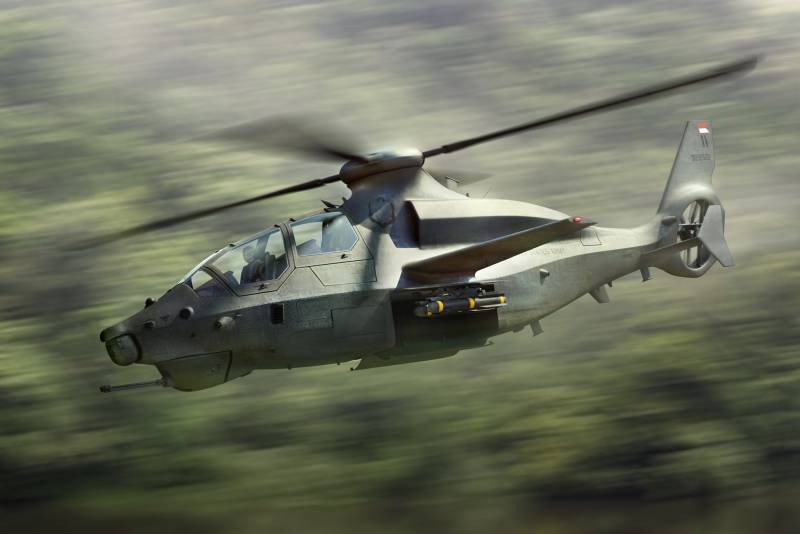
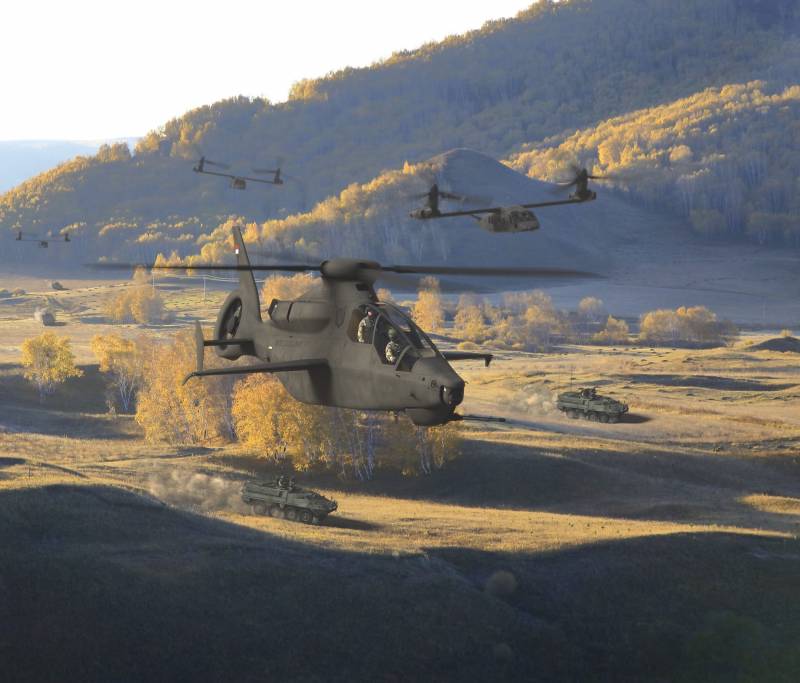
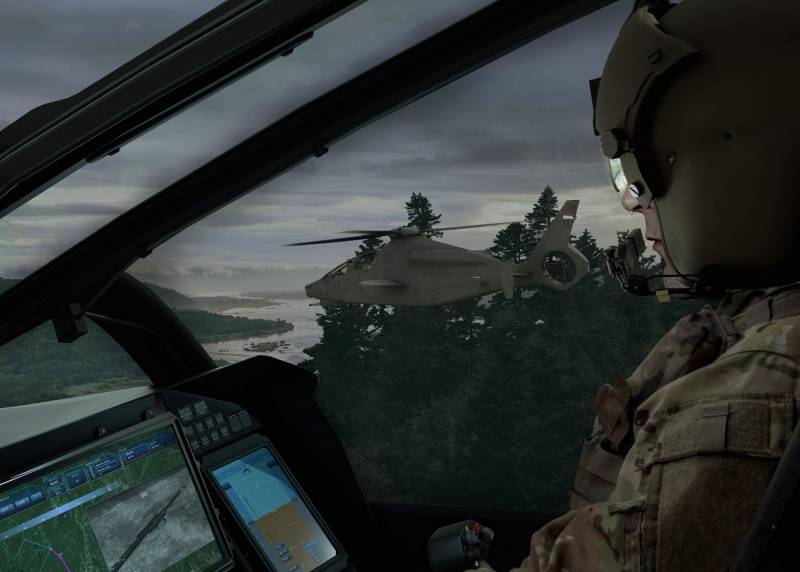
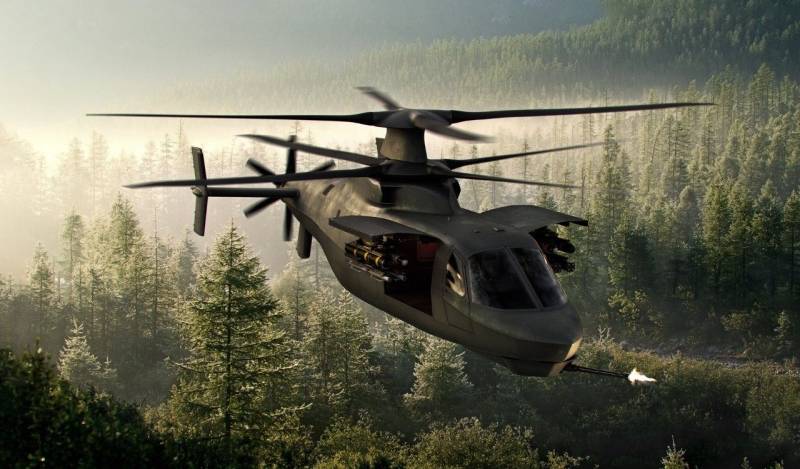
Information